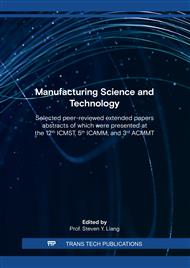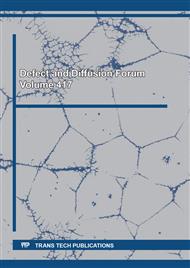p.3
p.9
p.17
p.23
p.29
p.35
p.45
p.51
Production of Aluminum Alloy Sealing Part by Semi Solid Die Casting Method
Abstract:
High Pressure Die Casting (HPDC) is a widely preferred process for the production of non-ferrous metals with low melting temperatures. It is particularly suitable for close-to-finish and high-volume production of relatively complex shaped parts. Aluminum-Silicon-Copper alloys, which are frequently preferred in this method, find themselves in many sectors ranging from automotive to aviation. With the developing technology, the usage of High Pressure Die Casting technology has increased significantly, produced part types and the number of parts produced on an annual basis has reached remarkable amounts with the shortening of cycle times. In this study, a supra-eutectic silicon valued Aluminum-Silicon-Copper alloy was produced by gas-induced semi-solid die casting method using a cold chamber high pressure die casting machine. The study observed that many casting problems, especially shrinkage gaps and gas porosity, were overcome, while the microstructure of the parts on which the gas induced semi-solid die casting method was applied was preserved. In addition, energy saving is achieved by lowering the temperature of the holding pot, and thermal fatigue cracks that will occur in the mold in the long-term depending on the temperature difference will be delayed and the mold life will increase.
Info:
Periodical:
Pages:
17-22
Citation:
Online since:
June 2022
Authors:
Price:
Сopyright:
© 2022 Trans Tech Publications Ltd. All Rights Reserved
Share:
Citation:



